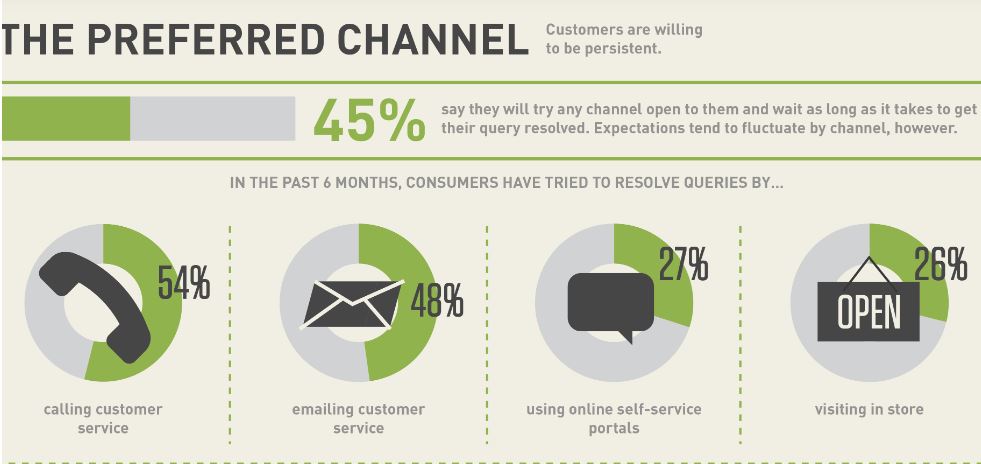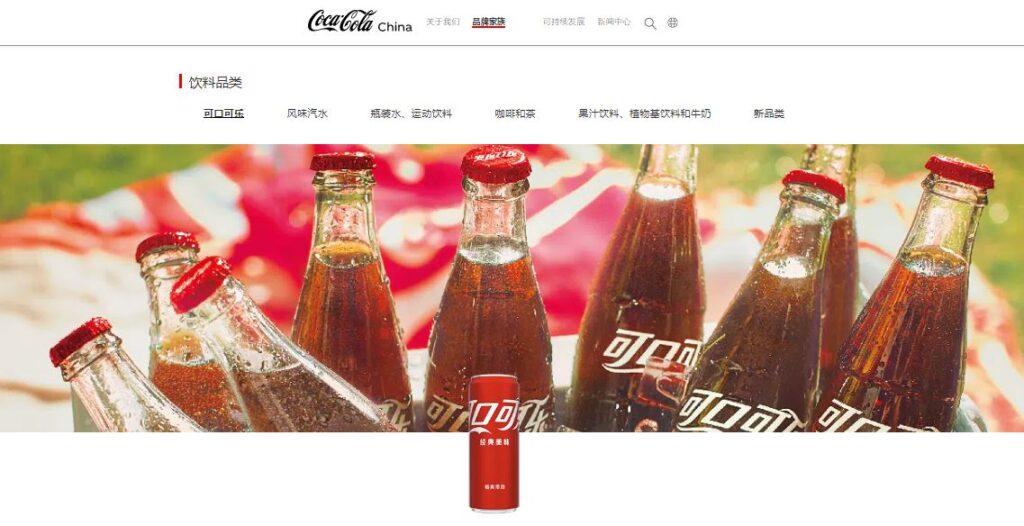E-commerce localisation: 8 key aspects you need to localize (with examples)
Whether you’re just beginning to consider the potential of international markets for your e-commerce business or you’re looking to refine how you approach overseas customers – now is a great time to consider localisation as a key to growth.
People prefer to shop online in their own language, having access to key information such as delivery terms or return policies in the language they speak. But that’s just a part of your localisation strategy. Localizing your e-commerce website includes using different currencies or adapting the imagery shown depending on the location of each visitor.
We’ll dive into what e-commerce localisation is, what the benefits are for your business, and the steps to follow to knock it out of the park.
What is e-commerce localisation?
If you’ve ever landed on a multilingual e-commerce site that feels a bit off, the chances are you were staring down the barrel of a case of poor localisation. Odd-sounding slogans and the distinct whiff of auto-translated content mean you probably didn’t stay long.
Localisation lassoes all the elements of your customer experience – your product listings, hashtags, blogs, prices, and campaigns – and recalibrates them for your target markets.
Awesome localisation represents a not-insignificant commitment to connecting with your customers in overseas markets and delivering a native brand and shopping experience. It’s really an ongoing commitment to placing customers at the centre of what you do.
Benefits of e-commerce localisation
Before localizing your online store or marketplace, you probably want to know what the benefits and ROI will be. Successful localisation delivers indisputable momentum and growth. Here are some of the benefits you can expect:
Build a global brand
Having a consistent brand message across markets is crucial to foster brand loyalty. Localisation lets you go big. You can build a consistent, impactful brand on a global scale by establishing a trust-led presence in target markets.
More sales
When you communicate effectively with your customers, they do not need to wonder about what the right size is for them or the return policy terms. This translates into a smoother customer journey and more sales.
Hyper-personalize the shopping experience
Connect authentically with your customers using localisation. Its associated data harvesting opportunities facilitate iterations and improvements of the shopping experience.
Increase your visibility on domestic search engines
Once you understand the online habits of your customers you can supercharge your rankings and have your website and products sitting pretty on domestic search engines.
8 key aspects to localize in your e-commerce store or marketplace
An often daunting multi-faceted process, here are eight localisable aspects to begin your journey:
1. Product information
Product localisation goes beyond simple translation of product information. You need to update your product content to reflect the values, concerns and pain points of the target market.
For example, localisation will find workarounds when handling content in gendered languages like Spanish, French or Italian. These can appear to refer only to men, or only to women – a little creativity can go a long way to deliver an inclusive text.
In Spanish the phrase, “Welcome to our community”, can be read in three different ways:
- Bienvenido a nuestra comunidad – only addresses men.
- Bienvenida a nuestra comunidad – only addresses women.
- Te damos la bienvenida a nuestra comunidad – welcomes everyone.
People will not feel welcome after signing up for a newsletter if they are not addressed in an inclusive way. Harness this through on-the-ground knowledge and market research and you’ll be off to a flying start.
2. Your brand story
When diving into the nuances of your brand story and adapting it for a global audience, it’s essential to understand how localisation works in various contexts. To get a clearer picture of how different brands have achieved this, check out these examples of localisation.
The challenge of recounting your brand story to resonate with your markets is real– but do it right, and you’ll find your tribe. It requires a customer-centric approach and an in-depth understanding of the culture of the target market. Often transcreation, (a mixture of translation and copywriting) is key to achieving good results.
Below, Innocent use transcreation and wordplay to convey the quirkiness of the brand on its social media accounts for different markets.
3. Currency and payment methods
Offering products and services in the local currency is essential. With a 69.99% cart abandonment rate, your potential customers will abandon their shopping carts because of extra costs or because they couldn’t see the total order cost upfront in their local currency.
Payment options should also be familiar to your overseas customers. While credit card payments are accepted worldwide, there are many countries where customers prefer to use different payment methods. For example, invoicing is a popular payment method for online purchases on all Scandinavian e-commerce sites, while PayPal has a lot of popularity among German online customers.

4. Your website (SEO Translation)
Whether you are expanding to Germany or China, your target audience is using search engines to search for the products that you are selling. But what are your prospects really searching for? It is important not to simply translate your English keywords into different languages and assume that your international customers use the same terms.
You need to carry out keyword research in each market to weave the keywords into your copy. This will not only increase your online visibility, but it will help you sound natural.
Check out our How to Translate Your E-commerce Website Guide to learn more about the technical considerations you need to take into account when translating your e-commerce website.
5. Social Media
The look and feel of social media need to be localized to maximise positive customer interaction. Promotions and competitions on social media should dovetail with your customers’ calendars. For example, Mother’s Day and Father’s Day celebrations take place on different dates in different countries.

Having access to this knowledge is key to engaging with your international customers at the right time. You can tap into local holiday revenue streams and deliver a powerful message as regards being in sync with your customers.
6. Customer support
Customer support covers many aspects and should be accessible in the native language, including:
- FAQs
- Bot chats
- Forms
- Reviews
- Phone numbers formats
Getting these elements right adds up to a positive native shopping experience.
7. Images
Visual power is paramount in the digital age. Is your brand imagery delivering the desired impact? Checking and localizing images should form an integral part of a localisation strategy. Their look, feel and size all need to be reviewed.
For example, you can have the best infographic out there, but if you fail to localize it, your international audience will not engage with it.

8. Local regulations
International e-commerce companies need to comply with the different regulations and requirements of each country. What are the local data protection laws? Can you just translate your website and make it available to your online customers?
In German-speaking countries, for example, you will need an Impressum for your website. An Impressum is a statement of ownership and authorship by which owners identify themselves. Check with an international consultant to learn more about the specific laws and requirements of the country where you are planning to expand.
Examples of e-commerce localisation
With NASDAQ suggesting that 95% of shopping will be done online by 2040, big brands know better than to look the other way.
The global fashion platform ASOS is THE localisation cover story, with 60% of its growth attributable to localisation. Focusing on the needs of their customers in individual markets – particularly in terms of checkout, shipping and returns – ASOS actively tapped into localisation as a growth strategy.
Not only is its entire website translated into seven different languages, but it offers ten different payment methods in 19 currencies.

ASOS rises up to meet the lived experience of their customers. For example, the FAQ section on its Spanish site features information on returning items from the Canary Islands. It is this in-depth understanding and consideration for customers that connects with an audience.
Coca-Cola is also sensitive to the power of localisation, fostering relationships in a hyper-personal way – a classic example is the mega-successful Share a Coke campaign which is customized for each market.
Coca-Cola has also modified their slogan (and sometimes even their name) for different markets.

With worldwide online retail revenue set to increase to $5.4 trillion in 2022, it is a great time to consider localizing your e-commerce site to develop your business.
Ready to start your e-commerce localisation journey?
Seize the moment – transformational levels of digitization and new habits embedded by the pandemic have seen online sales soar. Online shopping is only going to grow. Our localisation service can support you to develop and implement an effective ongoing localisation strategy. We will work with you to:
- develop key objectives
- identify markets
- consider the opportunities of your chosen languages
- define the technological requirements for successful localisation
Ready to localize your e-commerce site? Email for a quote.


